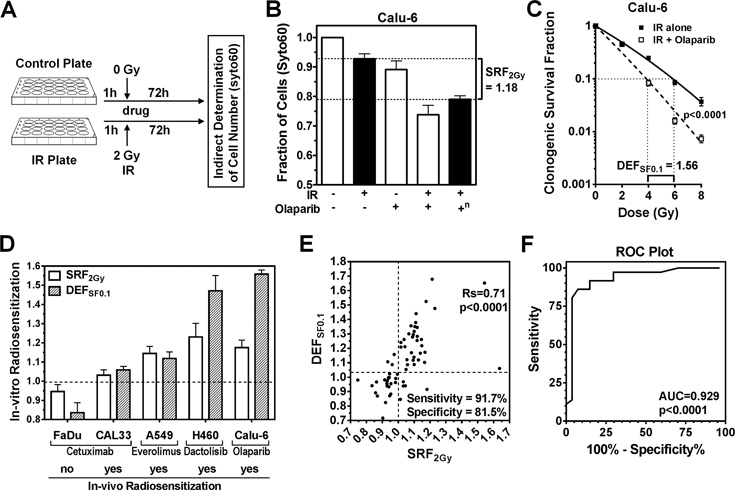Figure 1. Correlation of radiosensitization in short-term syto60 and clonogenic assays.
A) Illustration of pilot set-up using a 24-well format and syto60 staining. IR, ionizing radiation; h, hours. B) Example of short-term radiosensitization using the PARP inhibitor olaparib in Calu-6 lung cancer cells. SRF2Gy, short-term radiosensitization factor for 2 Gy (for definition, see Fig. S1J). +, treatment with 2 Gy IR or/and 1 µM olaparib; −, no treatment; n, effect of combined IR and olaparib normalized for the effect of olaparib alone. C) Example of radiosensitizing drug effect using clonogenic survival as endpoint. DEFSF0.1, which is a standard descriptor of radiosensitization (14), represents the ratio of radiation doses required to achieve 0.1 clonogenic survival when given without and with drug. The drug + IR curve is corrected for the effect of drug alone. Statistical comparison by F-test. D) Illustration of the association of SRF2Gy with DEFSF0.1 values and previously reported radiosensitization of xenografts for various cell lines and targeted drugs (see text). E) Correlation of SRF2Gy with DEFSF0.1 for 25 cancer cell lines treated with up to 8 agents for a total of 63 comparisons. DEFSF0.1 values were derived from full clonogenic survival curves (Supplementary Table 1A). For sensitivity and specificity calculations, cut-offs of ≥1.01 for SRF2Gy and ≥1.04 for DEFSF0.1 were used to define a positive effect. Statistical comparison by Spearman rank correlation. Rs, Spearman rank coefficient. F) Receiver operating characteristic (ROC) curve using the data shown in panel E. AUC, area under the curve.

